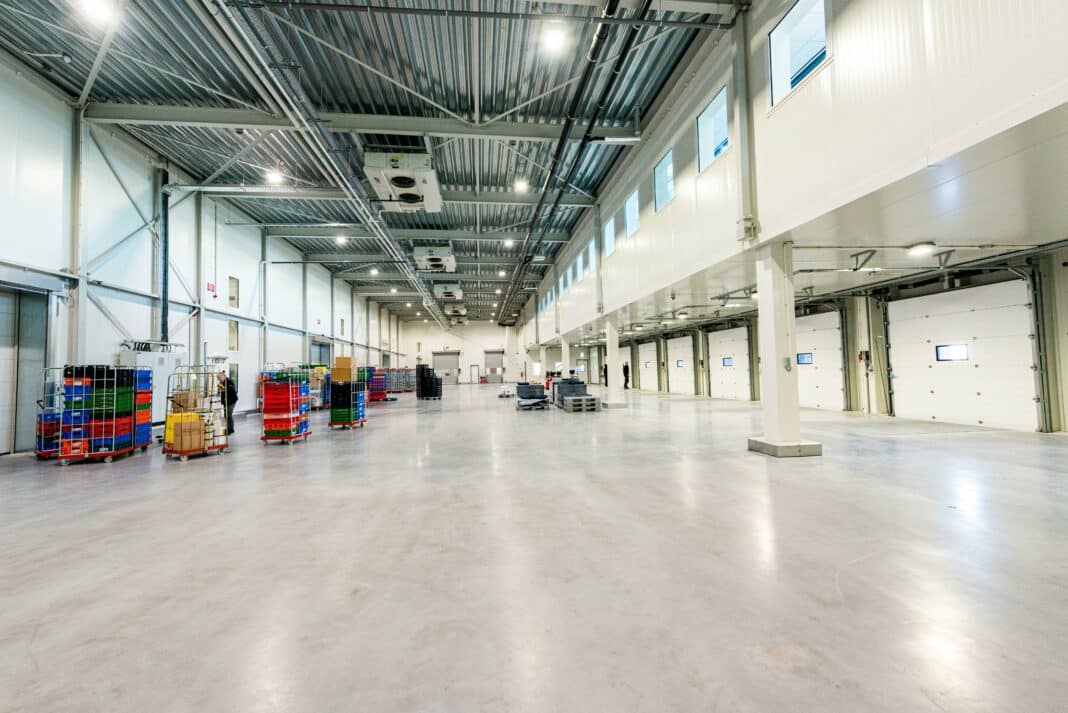Hygiene and waste management have been an important part of keeping workspaces well-maintained across various industries. After all, clean environments are critical when it comes to supporting both safety and performance.
As operations grow larger, the amount of waste and cleaning needs grow with them. Many facilities have realised that managing these areas properly does more than meet regulations. It also protects employees and the wider environment.
In recent years, expectations around hygiene have significantly improved. More companies now use modern cleaning systems that make everyday upkeep smoother and safer. In the same way, advanced waste treatment methods have made disposal more controlled and responsible.
Both areas have begun to connect with each other in how they shape cleaner, more sustainable industries. Each new idea supports a broader goal of long-term safety and environmental care.
With that in mind, let’s explore how these changes are taking shape across various industries and how evolving cleaning practices will impact the future of modern industries.
The importance of industrial hygiene
Every industrial site produces some form of waste, and how it’s handled matters more than ever. Even small mistakes can affect the environment or create safety concerns for people working nearby. Many facilities are now giving more attention to how waste is treated and reused, instead of seeing it as something to simply remove.
Modern systems have made this process far more dependable. In places where waste includes chemical or biological materials, effluent decontamination services ensure all liquid waste is treated safely before it leaves the site. These systems have become an important part of daily operations in many sectors.
For industrial property managers looking for a more hands-on approach, companies like AMB Hygiene offer professional-grade cleaning solutions and services to keep industrial workspaces clean and safe.
There is also a growing effort to reduce waste at its source. Some plants now use methods that allow water to be cleaned and reused, which saves resources and lowers costs over time.
This steady move towards safer and cleaner handling shows how sustainability and hygiene can grow together in the same space.
Safe waste treatment
Cleaning and waste management overlap often, and many industries are taking measures to take care of both of them simultaneously. Practices from one area can prove to be quite impactful on the other, so managers have started making small adjustments to workplaces.
Many facilities have found that using an industrial sweeper machine makes daily cleaning faster and less tiring. At the same time, careful waste handling shows how attention to detail can improve overall operations.
By looking at both areas together, companies see opportunities to save time and reduce mistakes. A clean floor and well-managed waste both help machines run better and keep staff safer.
Staff also feel more comfortable when their workplace is tidy and organised, which affects their productivity positively as a result.
These lessons show that industries can borrow ideas across departments. Cleaner environments and smarter routines benefit everyone and improve overall performance.
Cross-industry lessons
You might notice that industries often face similar challenges, even if they operate in very different areas. By looking at how others manage hygiene and waste, you can find approaches that fit your own workplace.
For instance, techniques used in food processing to control spills and maintain clean floors can inspire ways to organise your warehouse or manufacturing space. Similarly, seeing how liquid waste is handled safely in chemical plants can give you ideas for improving disposal in your operations.
You can also learn a lot by observing how different teams prioritise tasks and organise their cleaning schedules. Not every approach will work for your workspace, but there’s no harm in trying out new ideas every now and then to experiment.
Sometimes, the simplest changes, like rearranging equipment or creating designated zones for certain types of waste, can improve efficiency. Watching how other industries handle similar challenges can give you practical ideas that are easy to apply.
Based on these cross-industry lessons, you can adjust how your daily work flows and bring in reliable cleaning equipment to make your workplace safer and more efficient. It also helps to provide your staff with clear guidance on new equipment and SOPs.
The future of modern industries
Industries will continue to change as new technology becomes part of everyday operations. You will notice tools and systems appearing that help you manage cleaning and waste in ways that were not possible before.
For instance, some warehouses are starting to use machines that can clean floors automatically while you focus on other tasks. These devices help keep spaces safe and allow you to notice potential problems earlier, reducing manual effort from your staff as a result.
At the same time, how waste is handled will keep improving. New treatment methods and smarter disposal processes mean you can reduce environmental impact and save on resources without adding extra work.
As these practices evolve, staying flexible is important. You can try different approaches to adjusting your routine and exploring new technology as it comes along. Over time, this will help you keep your workspace cleaner and more efficient.
To sum up
Keeping your workplace clean and well-managed is an ongoing effort that shapes how smoothly everything runs. By paying attention to how tasks are organised and staying open to new methods, you can create an environment that feels safer and more comfortable for everyone.
You have the chance to influence daily routines, introduce practical improvements, and encourage staff to follow them consistently. Small changes over time can lead to a workplace that runs more efficiently and supports better outcomes for your team and operations.




